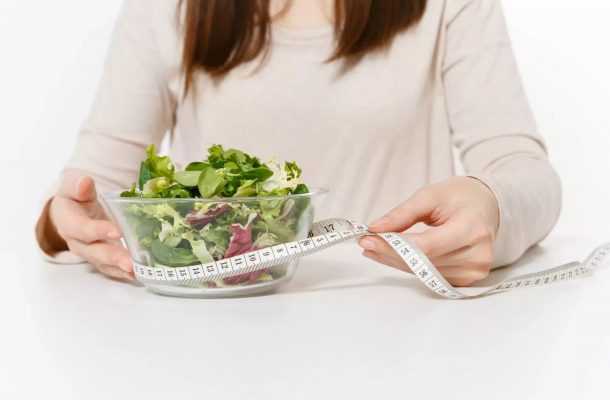How to win the hunger games

Australians currently spend $309.9 million annually on weight loss services, low-calorie weight loss foods and dietary supplements, while worldwide more than 40 per cent of adults have attempted to control their body weight using weight loss strategies.
These figures aren’t expected to slow down anytime soon, with most clinicians agreeing that maintaining weight loss now presents one of the greatest challenges in weight and obesity management.
It doesn’t matter if you lose weight fast or slow, or indeed what dietary plan you choose to follow, relapse is common – many people will regain the weight they’ve lost over several years, with only 10 to 20 per cent succeeding in maintaining their lower body weight long-term.
The reasons for weight regain are only partly understood, but are multi-faceted and interrelated. There’s little doubt that regaining lost kilos involves reduced motivation, even in the face of improved biomarkers of ‘health’ – which is necessitated by the drive to continually be mindful about dietary patterns and energy consumption, plus a need to maintain/include increased energy expenditure from physical activity.

The motivation to be careful with food choices and expend energy isn’t helped by the metabolic, neuroendocrine and autonomic adaptive responses that try to overturn an individual’s ‘new’ lower body weight.
It’s important to understand that maintaining diet-induced weight loss is physiologically challenging (even if you have all of the willpower in the world) and brings with it adaptive responses to weight loss.
These responses are driven by interactions between the gut and brain. The result – an increase in feelings of hunger and a reduction in fullness, combined with an overall reduction in energy expenditure. A weight-reduced person is not the same physiologically as a person who has never been overweight.
To better understand this process, we need to take a deep dive into our physiology during diet-induced weight loss. Here we see an increase in ghrelin (lovingly known as the ‘hunger hormone’), and a reduction in the concentration of several satiety hormones, such as peptide YY (PYY), glucagon-like peptide-1 (GLP-1) and cholecystokinin (CCK).
The bottom line? You can feel hungrier and less satiated.
To add to this, as you lose weight, your body no longer needs to expend the same amount of energy to keep it functioning. It becomes more efficient.
A recent study has estimated that the increased appetite seen with weight loss is probably three times larger than the corresponding reduction in total energy expenditure and is likely to be the main driver of weight regain.
So where are we going so wrong? And why, knowing what we know, are people regaining weight?
To date, we haven’t explained to people when they prepare to lose weight how they should expect to feel in terms of changes in their appetite, feelings of hunger and a drive to eat.
This is a major problem, as these physiological responses to weight loss are inevitable, and each person needs to have effective strategies in place to help them manage and cope with ‘feeling hungry’ – feelings that may be new to them.
This information is critical in order to assist people in not overeating and regaining their lost weight. We tend to see that people haven’t adjusted to their ‘new’ body weight and its accompanying physiology, which in most cases is what we would see in someone who hasn’t been overweight.
Many people who have experienced obesity from a young age don’t understand the sensations of hunger, or haven’t been taught how to recognise these signs and adjust their food intake accordingly.
We need to shift our thinking; to consider these physiological changes as a normalisation process and adapt to our ‘new’ physiology.
Most of these issues can be overcome. We can learn from people who have been successful in maintaining a lower body weight and what they’ve done to accommodate these physiological shifts.
As practitioners and clinicians, we need to prepare and equip our clients and patients with strategies suited to their ‘new bodies’, and to inform them during the active weight loss phase what they can expect when it comes to keeping the weight off, and how sensitive they may feel to hunger in particular.
We need to ‘reframe’ weight loss maintenance in the context of ‘no one thing will fit all’.
Some things that can ‘tailor the fit’ include:
Using dietary patterns that minimise the loss of lean tissue
Learning about which foods to eat to fill us up
Eating mindfully without feelings of deprivation emerging
Regular self-monitoring of weight, activity and sleep patterns
Ensuring a long-term support system is in place that can pick us up and carry us over the bumps when needed.
Weight-reduced individuals need to be proud of what they’ve achieved – they are winners against a backdrop of an environment that supports obesity.
These are the people who can celebrate and share how to make nutritious food choices while reconnecting with their physiology.
This article was published by Lens.
Helen Truby is a Professor of Nutrition Dietetics and Food at Monash University. Her research focuses on child and maternal health, including weight management and spreading health messages through social media.










